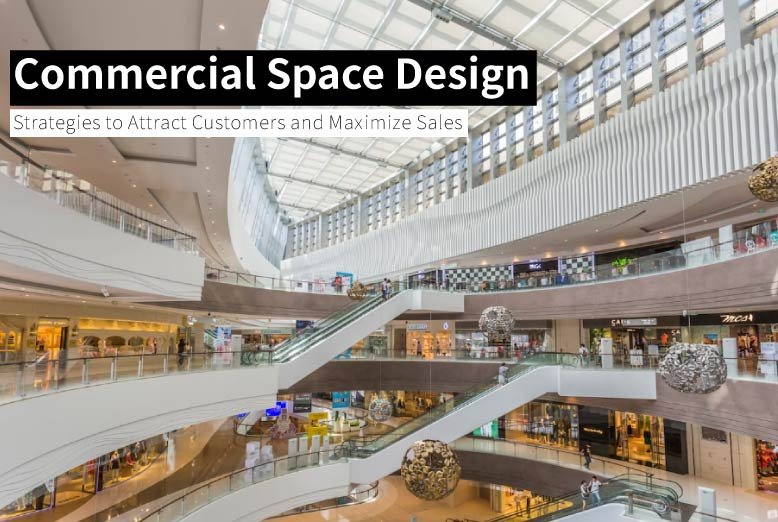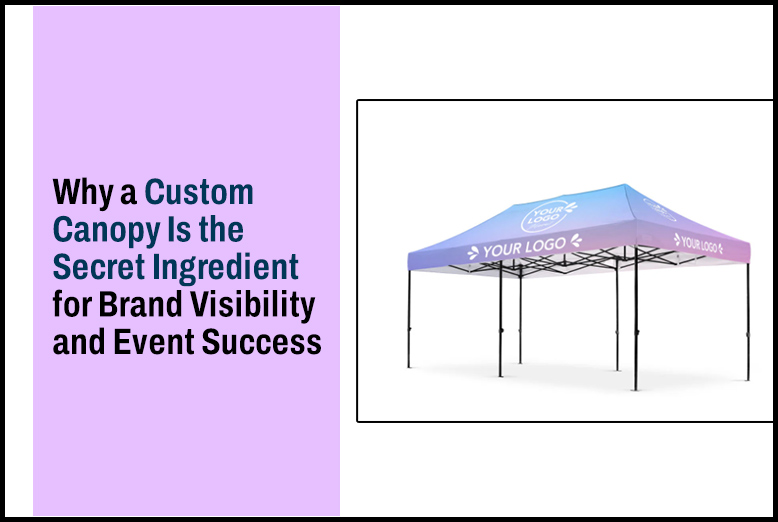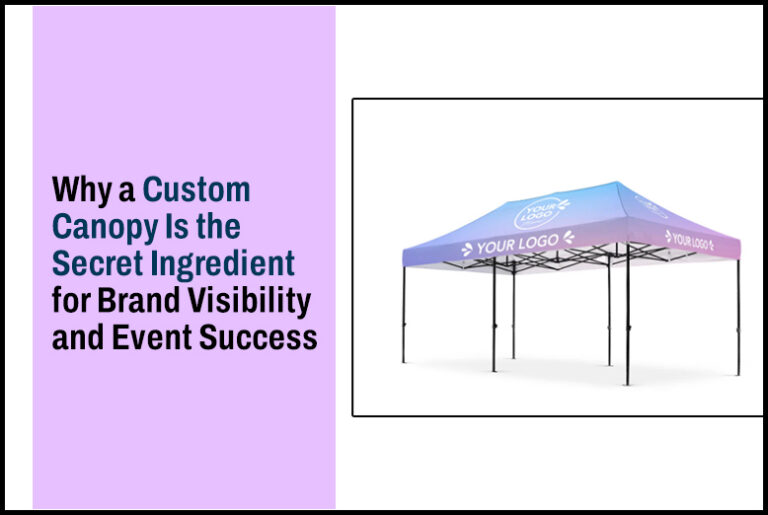Interior design plays a key role in creating an attractive shopping environment that attracts customers and maximizes sales in a retail space. One of the most important aspects of interior design is the selection of the right color palette. Colors have a significant impact on the customer experience and can influence their mood and behavior.
For example, warm colors such as red and orange can create a sense of energy and urgency, while cool colors such as blue and green can convey calm and serenity. The choice of colors should align with the brand identity and target audience.
In addition to the color palette, furniture and product layout play a crucial role in interior design. Furniture should be comfortable and functional for customers, while reflecting the brand’s style. Product layout should be strategic to facilitate customer navigation and encourage product exploration. The design of a retail space should balance product presentation and customer comfort, creating a welcoming environment that invites customers to linger and explore.
Lighting is another key element of interior design that can significantly affect the perception of the space. The right lighting can highlight products and create an inviting environment. Soft ambient lighting can enhance the customer experience and make them feel more relaxed, while spot lighting can highlight specific products and guide the customer’s attention to them. Lighting design should be versatile and adjustable to suit different needs and events in the retail space.
Ways to Plan Strategies with Design Software
Using design software or a floor plan creator for commercial spaces can be a powerful tool for attracting customers and maximizing sales. The ability to create 3D renderings of your design allows you to show customers what the final space will look like.
This can help them better visualize the experience and feel more engaged with your store. Plus, you can share designs online and get real-time feedback to make informed decisions.
How to Present Products Attractively
Visual merchandising is a fundamental strategy for attracting customer attention and promoting products effectively. It involves creating attractive visual displays that highlight products and tell a story. One of the main tools of visual merchandising is window dressing. Window displays are the first impression customers have of a store, so they must be impactful and relevant to the current season or theme. A well-designed window display can attract passersby and motivate them to enter the store.
In addition to window displays, visual merchandising involves the use of visual elements within the store to highlight key products. This can include mannequins displaying fashion apparel, themed displays featuring related products, or video displays telling brand stories. The arrangement of products on shelves and tables is also crucial. Products should be grouped logically and attractively, making it easy for customers to find what they are looking for and discover additional products in the process.
Visual merchandising is not just about presenting products, but also about creating an experience for the customer. Displays should be dynamic and changing to keep customers interested. Product rotation strategies can be effective in showcasing new products and keeping the offering fresh. Seasonal elements and special events can also be used to create a sense of urgency and excitement in the store.
How to Integrate the Customer Experience?
In the digital age, physical stores and online stores must work together to deliver a consistent shopping experience. Online store design should reflect the brand identity and aesthetics of the physical store, creating a consistent environment for customers interacting with the brand on both channels. This includes using consistent logos, colors and typography throughout the design, as well as creating an intuitive navigation and a pleasant user experience online.
Technology integration also plays an important role in creating a unified customer experience. Online stores can use tools such as augmented reality to allow customers to visualize products in their own spaces before purchasing them. Mobile apps can offer exclusive offers and rewards to encourage customer loyalty. In addition, online data collection can help personalize the customer experience both online and in the physical store.
On the other hand, physical stores can use technology such as interactive displays and contactless payment systems to improve the convenience and efficiency of the in-store experience. Integrating point-of-sale and online inventory management systems can ensure that customers have access to the most up-to-date product and availability information, regardless of whether they are online or in the physical store.
Space Optimization to Maximize Space Utilization
Space is a limited resource in any retail store, so it is crucial to optimize its use to maximize efficiency and profitability. This starts with the decision to design an open-concept store or one with segmented areas. Open-concept stores can create a feeling of spaciousness and allow customers to see the entire space at a glance. On the other hand, segmented areas can help guide customers through different sections of the store and create a more immersive experience.
Zoning, which you can do with a room planner, is an important strategy in space optimization. This involves dividing the store into different zones or themed areas, each designed for a specific purpose. For example, a clothing store might have a casual wear display area, a formal wear area and an accessories area. Each zone should be clearly marked and consistently designed to help customers navigate and find what they are looking for.
Efficient use of vertical space is also essential. High shelving and overhead displays can be used to showcase additional products and make the most of the available space. In addition, it is important to design seating or interaction areas where customers can relax and socialize, which can increase the time they spend in the store and, ultimately, the likelihood of purchase.
Sustainable Design in Commercial Spaces
Sustainability has become a key factor in the design of commercial spaces, as more and more customers are becoming aware of the importance of environmentally friendly practices. Incorporating sustainable materials into interior design is an effective way to attract environmentally conscious customers. This can include the use of FSC-certified wood, recycled or recyclable materials, and environmentally friendly paints and finishes.
Energy efficiency is also an important component of sustainable design. The use of energy-efficient LED lighting and efficient HVAC systems can not only reduce operating costs, but also send a positive message to customers about the company’s commitment to the environment. Design strategies that take advantage of natural light and ventilation can further reduce the environmental footprint of a retail space.
Communicating and promoting these sustainability initiatives to customers is essential. This can be done through signage and labels that highlight sustainable products, as well as through marketing campaigns that highlight the company’s efforts to protect the environment. Customers increasingly value companies that are committed to sustainability, and sustainable design in the retail space can be an important differentiator.
Conclusion
The design of retail space plays a critical role in attracting customers and maximizing sales. From selecting an appealing color palette to implementing effective visual merchandising strategies, interior design plays a crucial role in creating an engaging shopping environment.
Integrating the customer experience in physical and online stores ensures a consistent and convenient experience for customers. Space optimization and sustainable design are additional factors that can make a difference in the attractiveness of a retail space and its long-term success. Ultimately, thoughtful retail space design can become a powerful tool for increasing sales and building customer loyalty.
ALSO READ: Indian Commercial Real Estate Beckons NRIs











